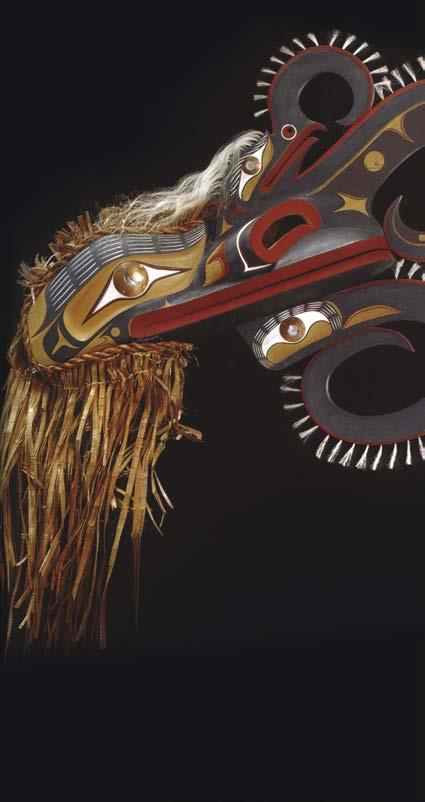
1 minute read
Recent donations give a boost to Gorman Museum Collection
The fast-growing collection of the C.N. Gorman Museum is now even bigger.
Three recent donations brought 500 artworks to the collection: Northwest Coast art given by Gloria and Selig Kaplan and Jill and Michael Pease, and contemporary paintings from collectors Zelma Long and Phillip Freese.
Advertisement
The gifts bring the museum’s collection of contemporary Native American art to nearly 2,000 works, up tenfold over the past decade.
“Museum director Hulleah Tsinhnahjinnie and I have worked to create and enhance our relationships with collectors,” said museum curator Veronica Passalacqua. “The collection has been growing faster than ever through the generosity of museum members, artists and private collectors.”
Jill Pease, Long, and Freese all studied at UC Davis and about one-third of the collection came directly from artists.
“The high proportion of artist gifts speaks to the Gorman’s relationships with Native American and other
The museum highlighted the gifts in “Recent Acquisitions from the Northwest Coast” last year and in the current exhibition “Recent Acquisitions from the Southwest” (through Dec. 7).
“We’ve also embarked on an expanded exhibition program that reaches across the continent to represent the canon of Native American and First Nations art, and that has brought a wider range of museum visitors, including intertribal communities and collectors alongside our dedicated local visitors,” Passalacqua said.
The collection’s rapid growth has been part of the planning process to relocate the museum into the former Richard L. Nelson Gallery in Nelson Hall. The College of Letters and Science will also initiate a fundraising campaign to support the museum’s expansion.
— Jeffrey Day

“Crooked Beak of Heaven,” by George Hunt Jr., 1991, red cedar, cedar bark, horse hair, acrylic paint, abalone, sinew, copper. Gift from Gloria and Selig Kaplan. indigenous artists, and the longstanding commitment to representing current and contemporary art,” museum curator Veronica Passalacqua said.










